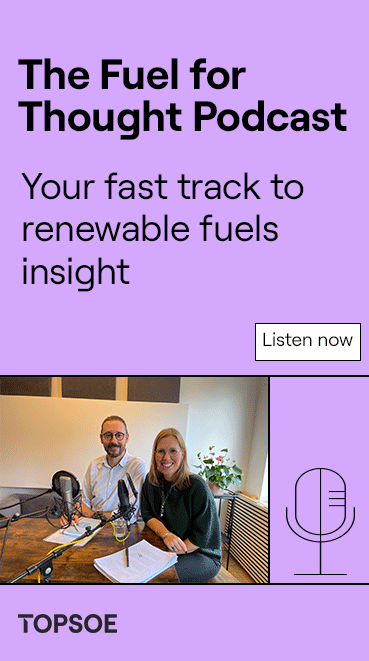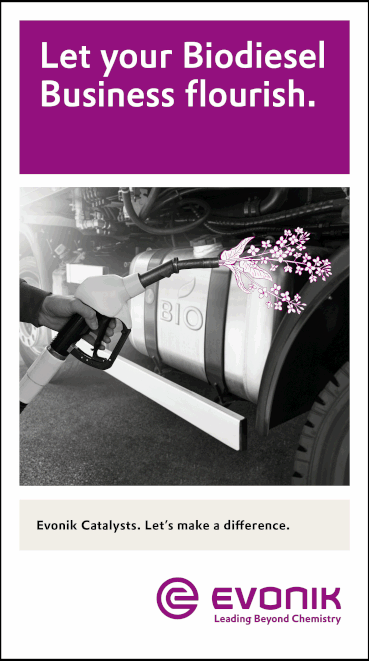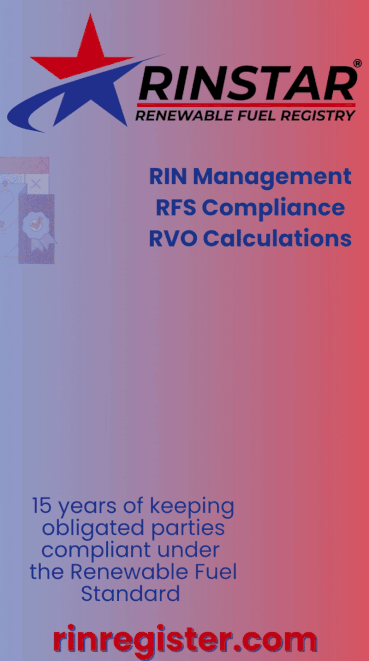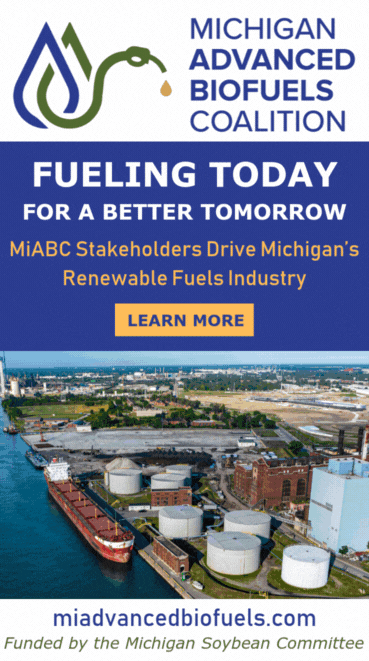Sustainable aviation fuel reduces Airbus’ scope 1 emissions
- Airbus
- Nov 7, 2022
- 3 min read

Airbus is reducing its CO2 footprint with sustainable aviation fuel (SAF). Today, reduced-carbon fuel is being increasingly used on Airbus sites and activities where a direct impact on carbon emissions can be made.
In line with its purpose to pioneer sustainable aerospace for a safe and united world, Airbus is working to reduce the environmental footprint of its products and services. This includes efforts implemented in Airbus’ own manufacturing operations and facilities, the source of direct and indirect greenhouse-gas (GHG) emissions. Airbus has the ambition to reduce its scope 1 and 2 industrial emissions by up to 63 percent by 2030 compared to 2015, targeting the neutralization of residual emissions.
Part of that ambition is Airbus’ commitment to support and act as a catalyst for the development and use of SAF, the progressive use of which is a major contributor to the company’s emissions-reduction roadmap. SAF is essential in reaching this target and is part of a panel of solutions being developed and implemented to reduce the environmental impact of its operations. Today, reduced-carbon fuel can provide on average 80 percent CO2 savings over the entire lifecycle when compared to traditional aviation fuel.
SAF, technically certified to international specifications and standards, must have the same qualities and characteristics as conventional aviation fuel, otherwise known as Jet A1, in order to substitute it. Currently regulators have approved that conventional Jet A1 can be combined with SAF inside any commercial aircraft fuel tanks. This means that SAF can be used as a standard fuel without modifications to an aircraft’s structure or systems.
This drop-in SAF is a blend of kerosene and technically modified feedstock (for example, used cooking oil, sawdust, or municipal solid waste). Practically, SAF is produced in a biorefinery and then blended up to the maximum certified blending limit (between 10 percent and 50 percent depending on the technical pathway). After blending, the fuel is certified to ASTM D1655 and from this point can be regarded as conventional Jet A1 kerosene.
Airbus intends to lead by example. This year, following Mobile, Alabama; Finkenwerder (Hamburg, Germany); Bremen (Germany) and Broughton (Chester, U.K.), two more Airbus facilities are progressively replacing conventional aviation fuels with SAF uptake. Teams in both Toulouse, France, and Tianjin, China, have collaborated closely with local authorities and suppliers to enable and grow the availability and use of SAF for internal use.
Operations and logistics, not only customer deliveries, are being carried out with the SAF made available at each of these sites. Airbus Transport International has already been running its fleet of Belugas on SAF since 2019 to transport large components such as aircraft fuselage and wings across the various Airbus production facilities for final assembly as well as delivery of satellites, military cargo and humanitarian aid. Enabling Airbus component assembly lines, final assembly lines and customer delivery centers with SAF signifies that the Beluga fleet can now use SAF for more of its routes. By the end of this decade, all Airbus manufacturing sites calling on the logistic services of ATI could be supplied with SAF.
Also started this year with SAF are Airbus’ production flights. These flights are part of the serial production aircraft test procedures. They differ from flight tests where the use of 100 percent SAF has recently been tested on the A350 (ECLIF) and the A320 (VOLCAN) for in-flight emissions testing.
It is in fact a typical first flight profile before starting delivery to customers. Even though customer deliveries with SAF onboard have been taking place since 2016, the uptake of SAF for production flights and other internal operations has been limited due to the low volumes available. This is one of the main challenges in order to generalize the use of SAF and the significant growth of production capacity must be encouraged. Airbus actively supports implementing incentives and long-term policies as SAF market development is essential in that respect.
Airbus also operates multiple employee shuttles (part of scope 3 emissions) linking its main sites across Europe and the U.K. Recently, Airbus has been working with Volotea, the current TLS-FXW charter service provider, on the uptake of SAF. Like Airbus, Volotea shares a commitment towards making travel sustainable. Since this fall, the two companies fuel a regional jet from Airbus Hamburg-Finkenwerder Airport to Toulouse-Blagnac Airport, with a 34 percent drop-in SAF blend. This mix is the same fuel proposed for customer deliveries from Airbus’ Hamburg site and which also tops up the Beluga before its next destination. It has upwards of 80 percent GHG-emissions reduction.


































